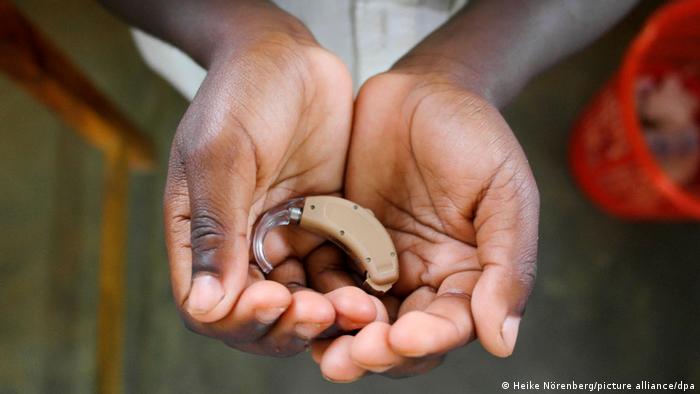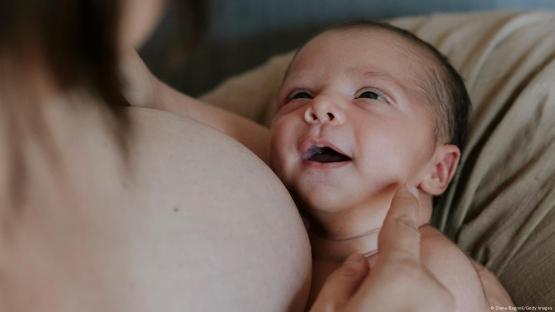A SHOCKING new map has revealed scarlet fever hotspots across England and Wales.
The fresh data from the UK Health Security Agency (UKHSA) comes as 16 children have now died of invasive Strep A.
Scarlet fever is a bacterial infection, triggered by Group A Strep bacteria – in rare cases, the bacteria can reach the bloodstream and cause a fatal invasive disease.
Cases of scarlet fever have climbed by 25 per cent in the last week, the data shows.
The first symptoms of scarlet fever can appear similar to flu, and include a high temperature, sore throat and swollen neck glands as well as a rash that can feel like sandpaper.
The same bacteria can cause other, less serious conditions, including strep throat, tonsillitis, the skin infections impetigo and cellulitis.
But, as cases of Strep A have risen across the UK, so too have more serious cases of both scarlet fever and invasive Group A Strep disease.
The map above shows where scarlet fever cases are across the country.
Figures from the UKHSA’s Notification of Infectious Diseases report (NOIDS) states that up to the week ending December 11, there were 1,702 cases of scarlet fever reported across England and Wales.
The UKHSA had originally stated that in the week ending December 4, there had been 1,131 cases, but the most recent report now estimates that this was at 1,352.
The most recent data states that Wales is currently experiencing the most scarlet fever cases, with 848.
Cardiff has the highest number of cases of the illness, with 100, followed by Rhondda Cynon Taff and Swansea, with 75 and 72 cases.
Wales is followed by the North East where 286 have been reported and the South East where 209 patients have also been struck with the illness.
There have been 191 cases reported in the East of England, 108 in London, 25 in the North West, 16 in the East Midlands, 11 in Yorkshire and the Humber and four in both the West Midlands and the South West.
Antibiotics are the medication that is used to treat Strep A, but pharmacists have warned that there is a shortage.
Now ministers have banned the exports of the medication amid a scramble for the drugs.
Chemists are paying over the odds for supplies and parents have struggled to get prescriptions filled in a demand surge.
The government denies there is a shortage but admitted to some local supply issues.
The Department of Health last night banned the export of frontline antibiotics amoxicillin, cefalexin, Penicillin V and azithromycin.
Officials said the move will boost supplies and keep drug deliveries flowing.
The ban also prevents companies from “hoarding”;; huge stockpiles.
The vast majority of Strep A infections are mild and only cause a sore throat, impetigo or scarlet fever, which is easy to treat.
A Department of Health spokesperson said: “Manufacturers currently have supplies of antibiotics available to treat Strep A.
“We continue to work urgently with manufacturers and wholesalers to expedite deliveries, bring forward stock they have to help ensure it gets to where it’s needed and boost supply to meet demand as quickly as possible and support access to these vital medicines.”;;




